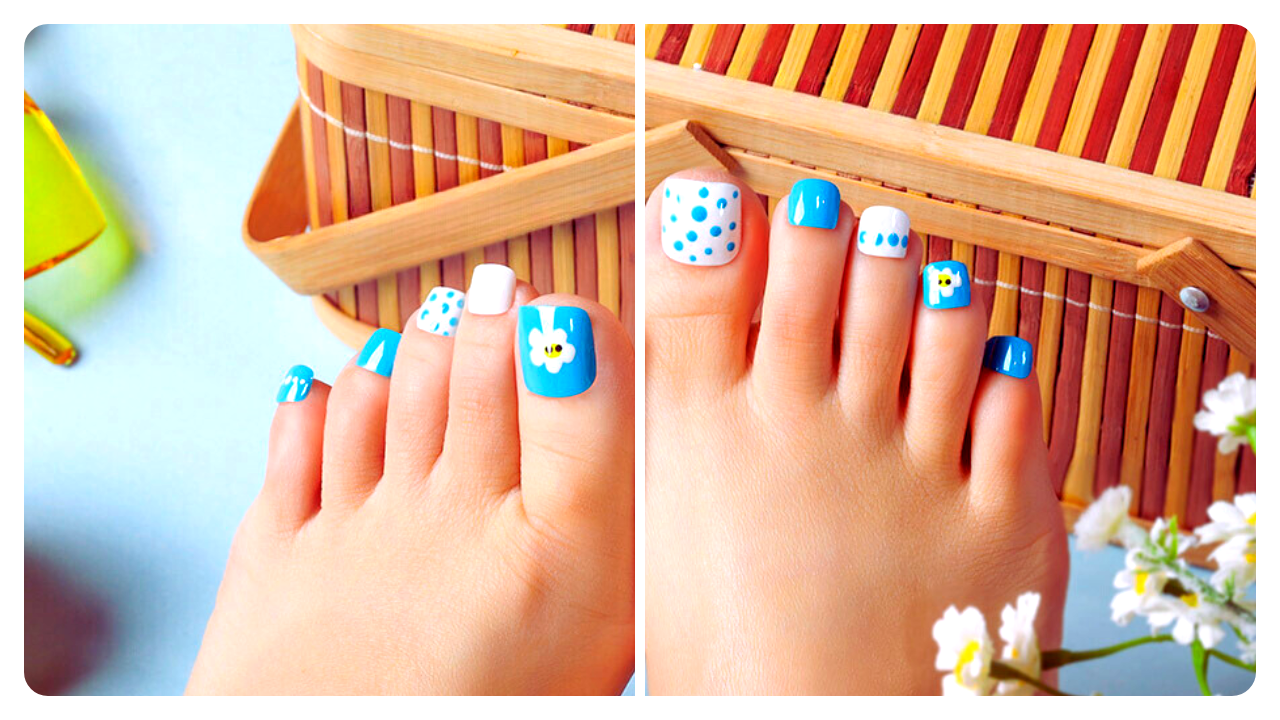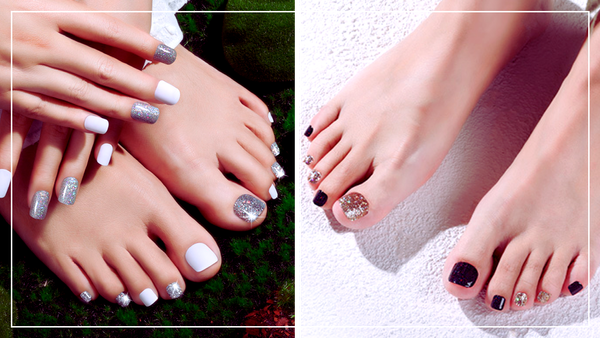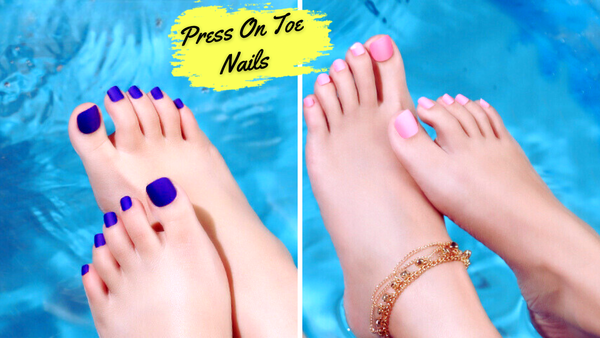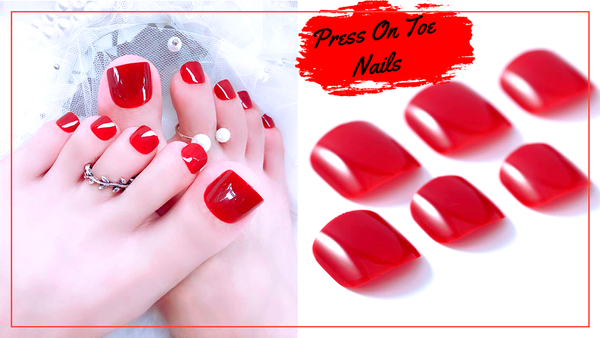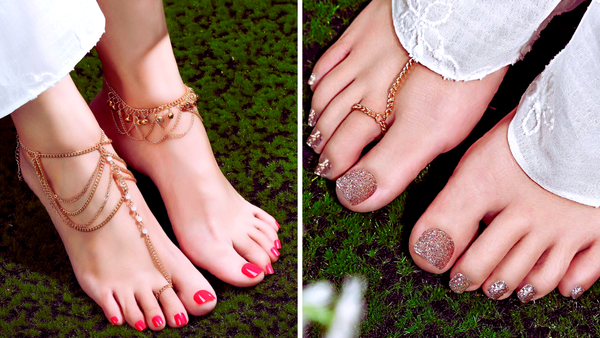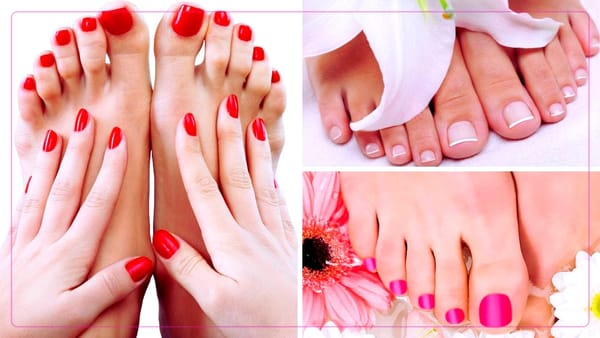Key Takeaways:
- Press-on toenails can create an environment conducive to fungal growth if not used properly.
- Good hygiene and proper application/removal are key to preventing fungal infections.
- Natural nails need to breathe; prolonged use of artificial nails can lead to nail damage and infections.
The Allure of Press-On Toenails
In contemporary nail manicures, press-on toenails have emerged as a quick and convenient way to achieve a polished look without the time commitment of a traditional nail salon visit. These artificial nails, which can be easily glued on nail tips, offer a variety of designs and lengths that cater to different style preferences. But as their popularity grows, so do concerns about their impact on nail health, particularly the risk of developing fungal infections.
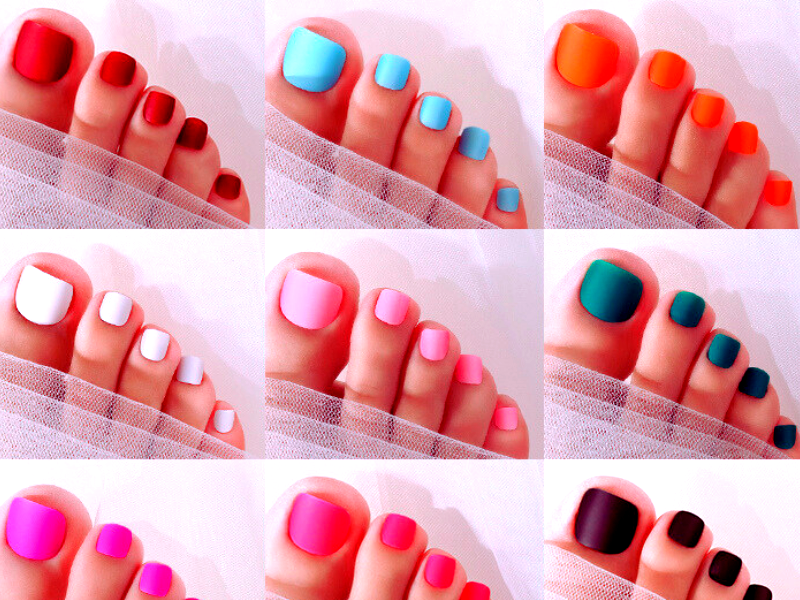
Understanding Nail Fungus
Fungal nail infection, medically known as onychomycosis, occurs when a fungal organism invades the nail bed through a crack or a cut in the nail. This can lead to discoloration, thickening, and crumbling of the nail. While anyone can develop a fungal infection, those wearing acrylic nails or gel nails may be at a higher risk due to the potential for trapped moisture and reduced airflow to the natural nail bed.
Can Press-On Toenails Be the Culprit?
The question arises: do press-on toenails cause fungus? The answer isn't straightforward. Press-on nails themselves aren't inherently harmful, but the environment they create—dark, warm, and moist—can be a breeding ground for fungal and bacterial infections. If press-on nails are not applied or maintained correctly, they can trap bacteria and fungi, leading to an infection.
Proper Application is Key
To minimize the risk of developing a fungal infection, it's crucial to apply press-on nails correctly. This means ensuring that the natural nails are clean, dry, and free from any nail polish or debris. Using an antifungal spray with antifungal properties before application can also help prevent fungal infections. Moreover, it's important to avoid wearing acrylic nails for extended periods to allow the natural nails to breathe.
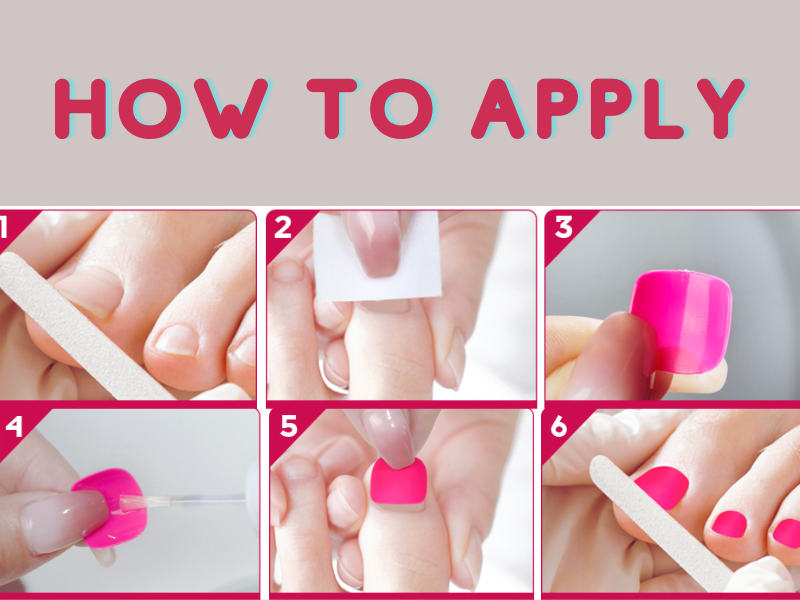
The Role of Nail Salons
Nail salons play a significant role in nail health. When opting for fake nails, it's essential to choose a reputable salon that practices good hygiene. Tools like nail files should be sterilized between clients to prevent the spread of nail fungal infections. Additionally, exposure to UV light, commonly used to set acrylic and gel nails, has been linked to skin cancer, so it's important to consider the risks.
The Science of Nail Enhancements and Fungal Risks
When considering the question, "Do press-on toenails cause fungus?" it's essential to delve into the science behind nail enhancements. Acrylic nails and gel nails create a seal over the natural nail bed, which can sometimes lead to moisture being trapped underneath. This warm, moist environment is a breeding ground for fungal infections. However, it's not the fake nails themselves that cause the infection; it's the conditions they can create if not applied or maintained correctly. Fungal nail infection risks increase when the seal between the artificial and natural nails is compromised, allowing fungi to infiltrate and thrive.
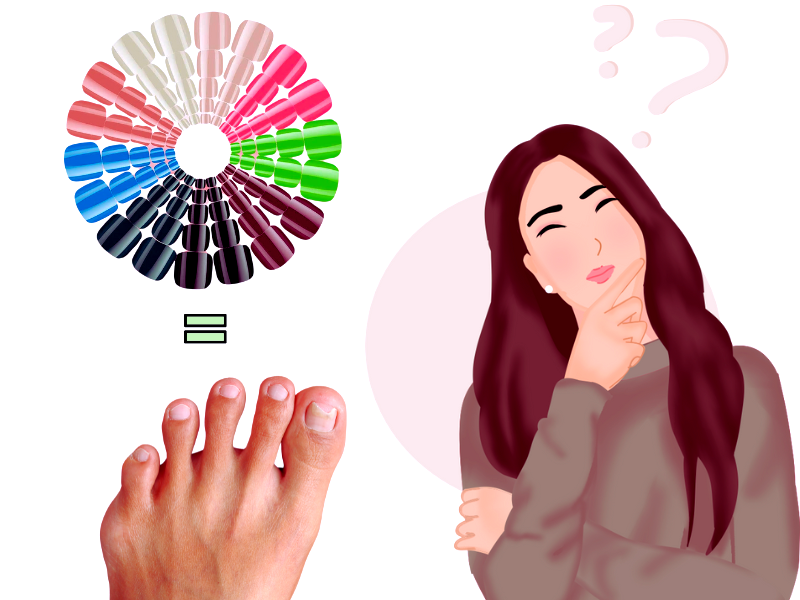
Moreover, applying and removing artificial nails can cause damage to the natural nails, making them more susceptible to fungal infections. The use of nail files, UV light for curing gel polish, and chemicals involved in both applying and removing nail enhancements can lead to nail brittleness, thinning, and small tears in the nail bed. These tiny injuries can serve as entry points for bacteria or fungal infections. It's crucial to ensure that the tools and techniques used during contemporary nail manicures do not compromise nail health, preventing fungal infections.
Home Care for Healthy Nails
Maintaining nail health doesn't stop at the salon. At home, individuals should regularly clean their nails and the area around the nail. Soaking the feet in warm water with a few drops of tea tree oil, which has natural antifungal properties, can help keep fungal infections at bay. If press-on nails are used, they should be removed carefully to avoid damaging the natural nail bed.
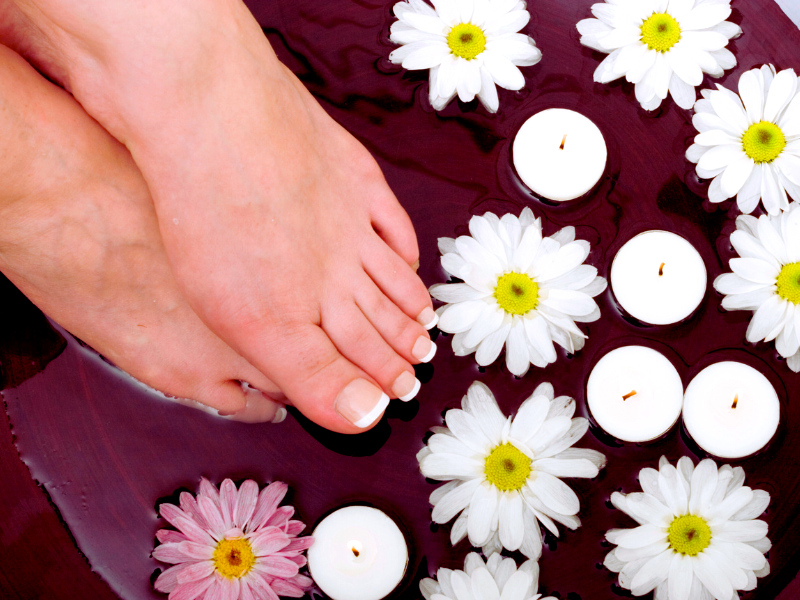
When Fungus Strikes: Treatment Options
If a fungal infection does occur, it's important to treat it promptly. Over-the-counter antifungal medications can be effective for mild cases. For more severe infections, an oral medication called terbinafine may be prescribed. Applying oregano oil, which has antifungal properties, or using a cotton swab to apply Vicks VapoRub are popular home remedies that some find effective.
Preventing Reinfection
After successfully treating a fungal infection, preventing reinfection is crucial. This involves practicing good foot hygiene, avoiding nail damage, and giving the nails time to recover before reapplying artificial nails. Alternating between periods of wearing fake nails and going natural can help maintain stronger, healthier nails.
The Impact of Long-Term Use
Long-term use of press-on toenails can lead to thin, weakened nails. The adhesive attached to nails can cause nail brittleness and damage over time. To fix damaged nails, it's important to take breaks from artificial nails and treat natural nails with nourishing oils and creams to restore their strength.
Balancing Beauty and Health
While press-on toenails offer a convenient and cosmetically appealing option, it's important to balance beauty with nail health. Opting for shorter periods of wearing artificial nails and choosing breathable nail tips can help prevent fungal infections and maintain the integrity of the natural nails.
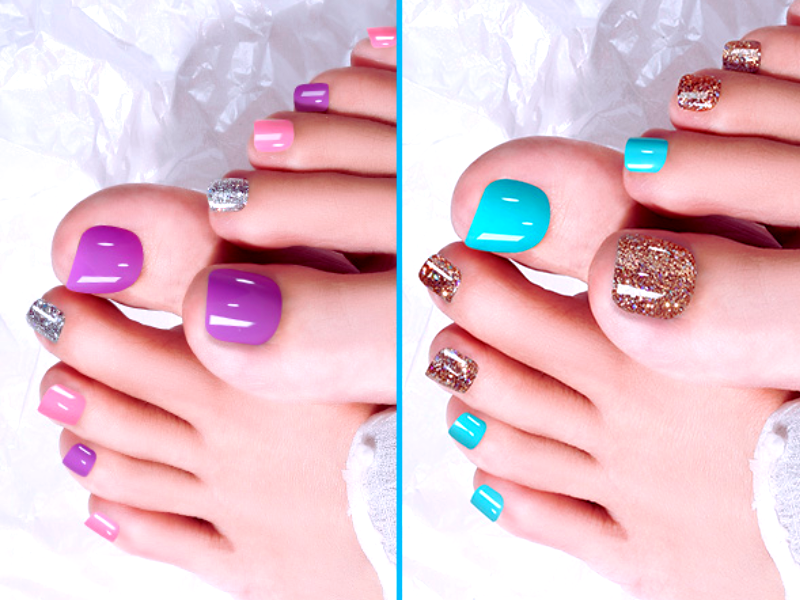
Summary
Press-on toenails can be fun and easily enhance your look, but they have potential risks. Proper application, regular breaks, and good hygiene are essential to prevent fungal infections and maintain nail health. If you suspect a fungal infection, seek treatment early and take steps to prevent future issues. By being mindful of these practices, you can enjoy the benefits of press-on toenails without compromising the health of your natural nails.
FAQ Section
How often should I remove press-on toenails to prevent fungal infections?
It's recommended to remove press-on toenails every 1-2 weeks to allow your natural nails to breathe and to check for any signs of infection or damage.
Can I treat a fungal nail infection at home?
Mild fungal infections can often be treated with over-the-counter antifungal treatments. However, for more severe cases, it's best to consult a healthcare professional for appropriate medication.
Are there any natural remedies for preventing nail fungus?
Yes, natural remedies like soaking nails in a solution of warm water and original Listerine mouthwash or applying tea tree oil can help prevent fungal infections due to their antifungal properties. However, these should not replace medical treatment for existing infections.
